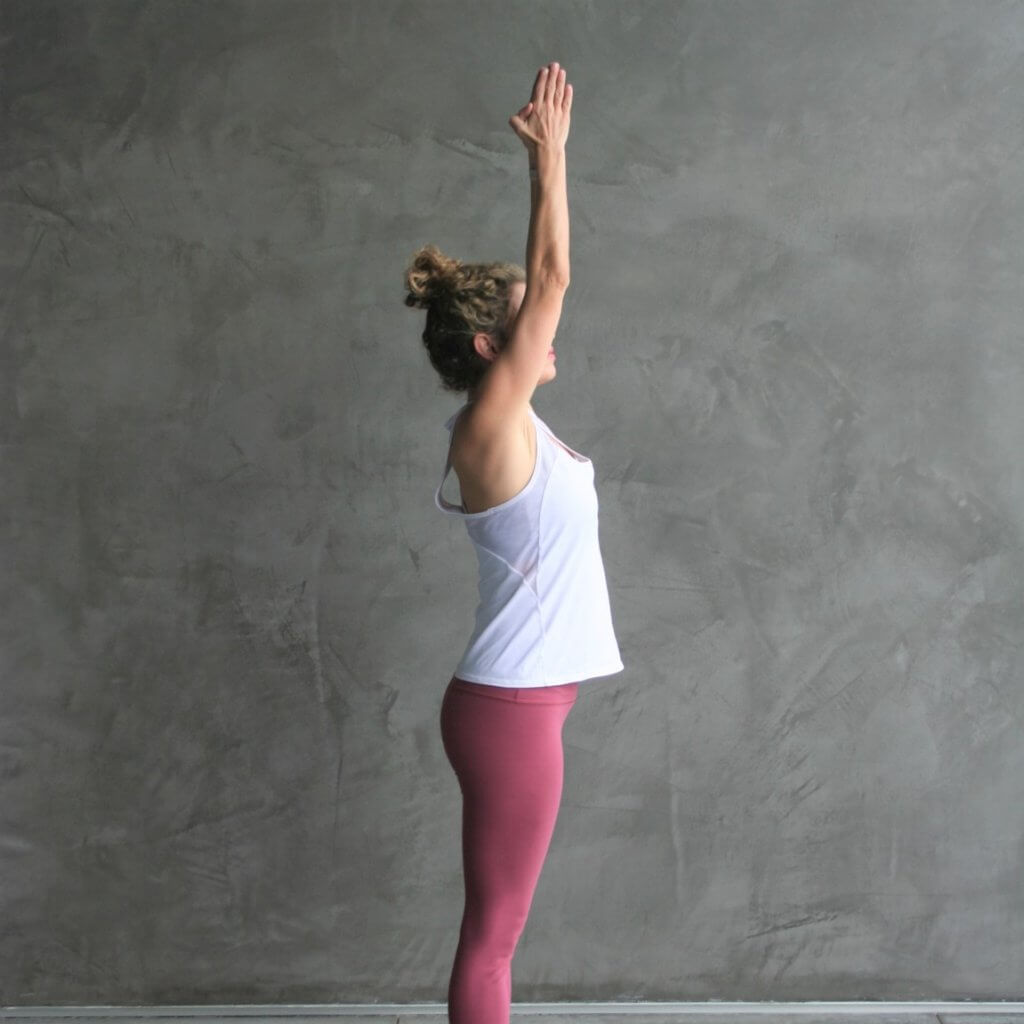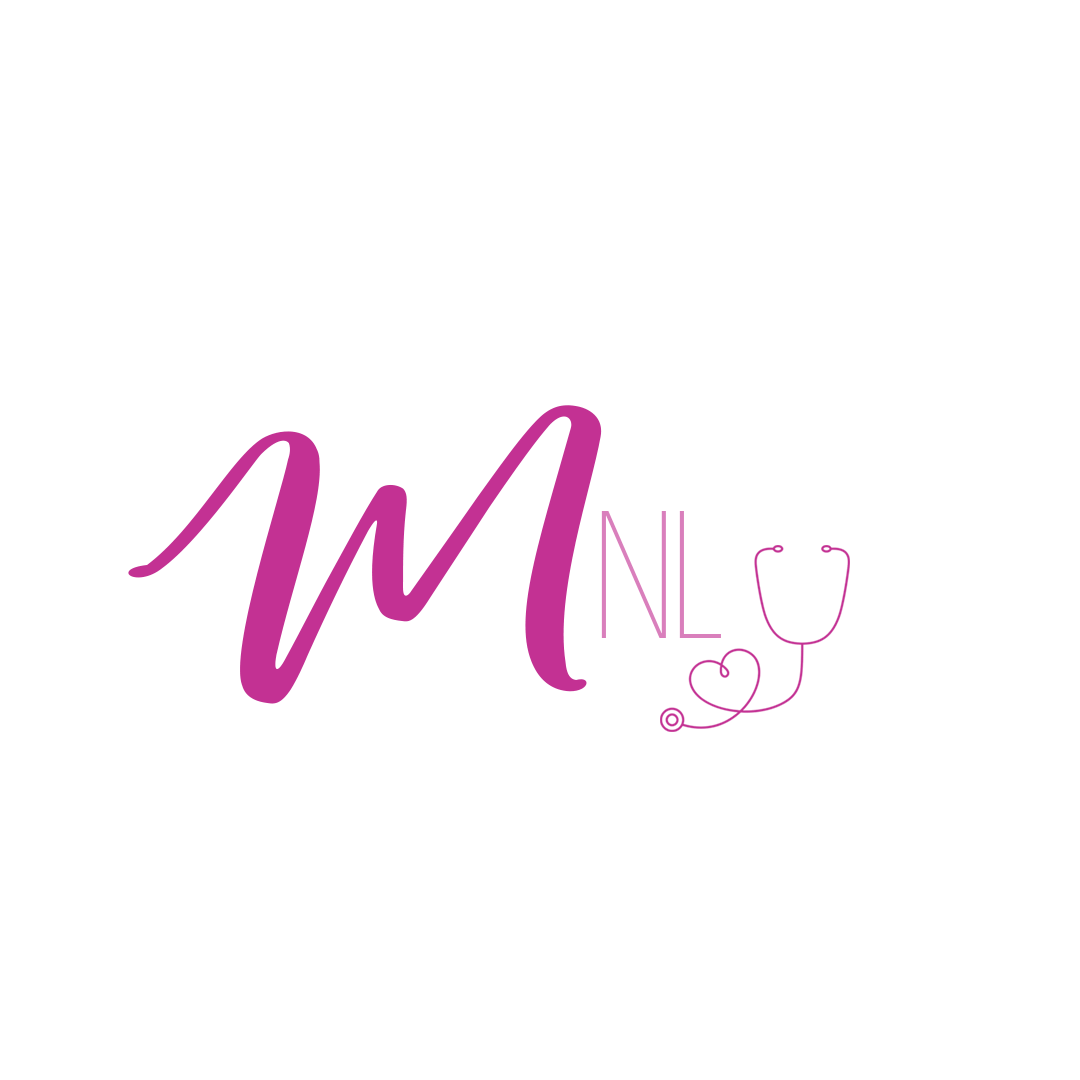Here are seven great yoga poses for nurses to start their shifts off on the right foot.
(This post is not a substitution for medical care. Please consult with your physician before starting any exercise routine. This post also contains affiliate links. You can find my disclosure page here.)
What do you think would happen if every nurse did an energizing 20-minute yoga routine before every shift?
Its likely nurses have a chance to clear their heads, connect with themselves, and give themselves a moment to prepare for the busy 12-hour shift ahead. Not a bad way to start off the day.
Many nurses may underestimate the physical and mental wear-and-tear of long shifts. The start the day fueled on cups of coffee and then they are not getting the rest and recovery they need afterward.
So, as nurses, we must do the best we can to take care of ourselves the best we can (obviously no one else at the hospital is going to help up out with that). This includes giving our bodies the rest, rejuvenation and tender love that we give to our patients each shift! No more self-sacrificing attitudes!
Yoga is a fantastic way for nurses to reconnect with their bodies and make sure they are in a healthy and happy mental state – both before and after a nursing shift.
7 Energizing Yoga Poses For Nurses To Start The Shift Off Right:
#1. Mountain Pose (Tadasana)
A
Mountain Pose is a great yoga pose for nurses to start within the morning. Ground your feet and press evenly through all four corners of each foot. Stretch your arms towards the floor and draw your abdominals in and up.
Hold for five to eight breaths to get focused and ready to move deeper into your practice.
Benefits of Mountain Pose:
- Improves posture
- Strengthens thighs, knees, and ankles
- Increases awareness
- Increases strength and mobility in the feet, legs, and hips
- Firms abdomen and buttocks
#2. Upward Salute Pose (Urdhva Hastasana)
This is a great awakening pose for nurses before a shift. From Mountain Pose, lift your arms up overhead and press your palms firmly together. Keep the tops of your shoulders released away from your ears and activate your triceps. Keep the abdominals engaged and the legs firm.
Hold for five to eight breaths.
Benefits of Upward Salute Pose:
- Stretches the sides of the body, spine, shoulders, and belly
- Tones the thighs
- Improves digestion
- Helps to relieve anxiety and fatigue.
- Helps create space in the chest and lungs
#3. Cat-Cow Pose
Start on your hands and knees with your wrists directly under your shoulders, and your knees directly under your hips. Point your fingertips to the top of your mat. Place your shins and knees hip-width apart. Center your head in a neutral position and soften your gaze downward.
Cow Pose: Inhale as you drop your belly towards the mat. Lift your chin and chest, and gaze up toward the ceiling.
Cat Pose: As you exhale, draw your belly to your spine and round your back toward the ceiling. The pose should look like a cat stretching its back. Release the crown of your head toward the floor, but don’t force your chin to your chest.
Inhale, coming back into Cow Pose, and then exhale as you return to Cat Pose.
Repeat 5-20 times, and then rest by sitting back on your heels with your torso upright.
Benefits of Cat Cow Pose:
- Brings flexibility to the spine
- Stretches the back torso and neck
- Softly stimulates and strengthens the abdominal organs
- Open the chest, encouraging the breath to become slow and deep.
- Calms the mind
- Helps develop postural awareness and balance throughout the body and brings the spine into correct alignment
#4. Downward-Facing Dog Pose (Adho mukha svanasana)
From neutral Cat Cow pose, push your hips up into Downward-Facing Dog Pose.
Press firmly into your hands and roll your up arms outwards. Lengthen up through your torso and keep your abdominals engaged. Actively use your legs to keep bringing your torso back in space. Bend your knees if needed.
Hold here for eight to ten breaths.
Benefits of Downward-Facing Dog Pose for nurses:
- Helps build bone density in the arms
- Builds upper body strength
- Decreases fatigue
- Helps to decrease back pain and stiffness.
- Helps boost circulation by putting your heart above your head
#5. Warrior I (Virabhadra I)
Step your feet 3 1/2 to 4 feet apart. Raise your arms perpendicular to the floor (and parallel to each other), and reach your hands actively towards the ceiling. Firm your scapulas against your back and draw them down toward the coccyx.
Turn your left foot in 45 to 60 degrees to the right and your right foot out 90 degrees to the right. Align the right heel with the left heel. Rotate your torso to the right, squaring the front of your pelvis to the front of your mat. As the left hip point turns forward. Lengthen your coccyx toward the floor, and arch your upper torso back slightly.
Exhale and bend your right knee over the right ankle so the shin is perpendicular to the floor Reach strongly through your arms, lifting the rib cage away from the pelvis.
Stay for 30 to 60 seconds and switch sides.
Benefits of Warrior I Pose:
- Stretches the chest and lungs, shoulders and neck and belly
- Strengthens your shoulders, arms, legs, ankles, and back
- Strengthens and stretches the thighs, calves, and ankles
- Opens your hips, chest, and lungs.
- Improves focus, balance, and stability
- Energizes the whole body
#6. Forward Fold (Uttanasana)
Stand in Mountain Pose with your hands on your hips. Exhale as you bend forward at the hips, lengthening the front of your torso. Bend your elbows and hold on to each elbow with the opposite hand. Let the crown of your head hang down. Press your heels into the floor and lift your sit bones toward the ceiling. Turn the tops of your thighs slightly inward. Don’t lock your knees.
Engage your quadriceps and draw them up toward the ceiling. Bring your weight to the balls of your feet. Keep your hips aligned over your ankles. Let your head hang.
Hold the pose for up to one minute. To release, place your hands on your hips. Keep your back flat as you inhale and return to Mountain Pose. Repeat 2-5 times.
Benefits of Forward Fold:
- Helps to relieve stress, headaches, anxiety, fatigue, mild depression, and insomnia
- Stretches and lengthens your hamstrings and calves
- Opens the hips and can relieve tension in the neck and shoulders.
#7. Child’s Pose (Balasana)
Child’s Pose is a beginner’s yoga pose often performed to rest between more difficult poses. The position stretches the thighs, hips and ankles and helps relax the body and mind.
Kneel on the floor with your toes together and your knees hip-width apart. Rest your palms on top of your thighs.
On an exhale, lower your torso between your knees. Extend your arms alongside your torso with your palms facing down. Relax your shoulders toward the ground. Rest in the pose for as long as needed.
Benefits of Child’s Pose:
- Stretches the hips, thighs, and ankles
- Reduces stress and fatigue
- Relaxes the muscles on the front of the body
- Elongates the lower back
- Improves digestion
- Calms the mind
- Rests the body
Care for yourself first through yoga, so you can care better for patients after.
Nurses must get into the practice of taking good care of themselves first, so they can continue to take great care of patients as well. After all, nurses serve as role models for our patients. If we don’t take our own health advice, why should our patients listen to us about anything else?
A good way to start is by practicing these energizing pre-shift yoga poses for nurses. And then see how much better you feel heading into your shifts!
Essential yoga props to start your yoga practice:
After 13 years of yoga practice and have tried many yoga props along the way. You don’t need much to get started. Here are a few of the yoga props I use at the studio and at home.
Yoga Mat
I love this yoga mat. The quality is very good for the price. I have this exact mat in my living room and after 2 years it still looks brand new. It is soft with a relatively nice thickness compared to other yoga mats I have tried. In addition, it has nice grooves that keep the mat in place.
 Yoga blocks (with strap included)
Yoga blocks (with strap included)
Yoga straps are useful for all levels of yoga practice and can provide support, help with alignment and improve posture. In addition, I love the Manduka cork yoga blocks because I have had mine for 6 years and they still look brand new! Unlike foam blocks, these don’t disintegrate over time due to sweat and regular use. They are also heavier and more sturdy with a trustworthy grip. It is a good idea to purchase 2 because many yoga poses require the need for two blocks.
Additional Recommended Reading:
- Nurse Burnout Symptoms To Watch For
- Why Nurses Need To Practice Yoga: Self-Care For The Caregiver
- Nurse Health: Self Care For 12 Hour Shifts
- 8 Ways Nurses Can Stay Healthy
- Nurse Life: How To Achieve A Work-Life Balance











